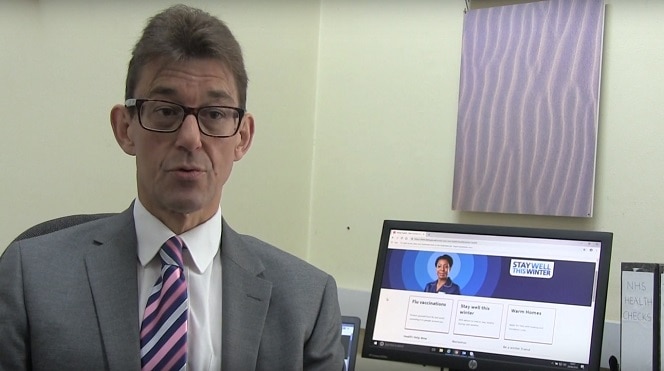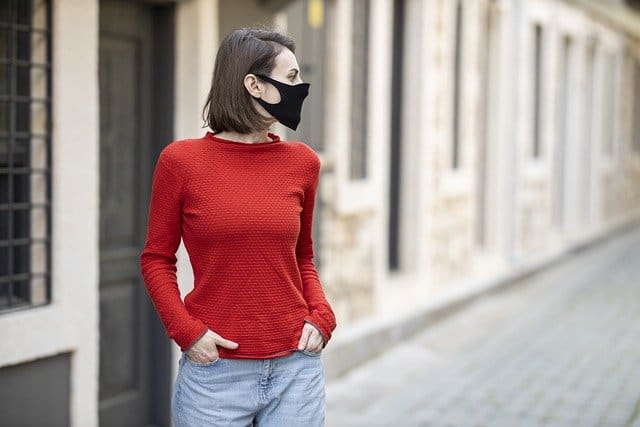
Kent’s public health director Andrew Scott-Clark says it is likely that the county will not leave national ‘lockdown’ on the same tier level restrictions in place prior to November 5.
The prediction comes amidst high case levels in Swale and Thanet. Swale now stands at 617 weekly cases per 100,000 people (for the week ending November 14) while Thanet has a rate of 507.3 (slightly lower than data showed yesterday), according to Kent Public Health data.
The government coronavirus dashboard shows 70 new positive covid cases reported today (November 18), making 725 in the last seven days and a total of 2,785. The rate per 100,000 people is shown as 522.1 for November 13, higher than the figure produced by Kent Public Health but also time-lagged by one day.
The government dashboard records 11 deaths within 28 days of a positive covid test between November 12-18 and a total of 128 deaths within 28 days of a positive test.
Covid-19 is mentioned on the death certificate but may not be the primary cause of death.
As of Monday (November 16) there were 82 Covid patients at William Harvey Hospital and QEQM Hospital combined, plus a small number in Canterbury.

Mr Scott-Clark said he hoped to see a slowing of Covid cases when the impact of lockdown becomes evident in the data.
He said: “We know the impact of going into lockdown hasn’t come out in the figures yet and some of the rises we have seen can be linked to the half-term break so we really hope to see a slowing in the growth of Covid cases right across the county. But, currently, we are seeing more outbreaks in the Kent community – especially in Thanet and Swale – and that is incredibly concerning so we need people to take action, take the restrictions seriously and follow the guidance.
“It’s really important that we protect the most at risk people among our older residents and this needs to happen now, before we reach the end of any national restrictions.
“KCC is working closely with Thanet District Council, Swale Borough Councils and other partners including the NHS and Public Health England to manage and respond to the Covid pandemic.
“We will ensure the public are kept fully informed as plans for the county, post national lockdown, are established. People need to realise though that we probably won’t be leaving lockdown on the same level that we entered it because of the recent increase in cases. We will continue to investigate the figures over the coming weeks and will be discussing the latest picture for Kent with central Government and local partners.
“We know that Kent’s hospitals are getting busier – not just from Covid cases but because of normal winter pressures – so we need to help the NHS too and the main thing people can do is to follow the national restrictions and self-isolate if they have symptoms or have been advised to self-isolate. If you have symptoms, book a test. “
More information at www.kent.gov.uk/protectkent

Kent County Council is also working with partners towards a local Test and Trace system which will be aligned to and support the current NHS national system and is expected to be in place by the end of November.
The Kent Local Tracing Partnership will continue to be an element of the national one and will use Kent Together helpline call handlers to contact people that the Government Test and Trace system has not been able to reach.
The authority is also planning and liaising with the Department of Health and Social Care regarding supplies of Lateral Flow Devices.
Mr Scott-Clark said: “Targeted wider asymptomatic testing is a significant undertaking that requires planning and whilst it is an important part of managing the pandemic, it is not the solution and any testing needs to be alongside all the other public health measures such as social distancing, wearing masks and washing hands.”
Kent Public Health data says the sensitivity of RT-PCR testing methodology is reportedly poor and has been estimated to give false-negative rates between 2% and 29% of the time.

